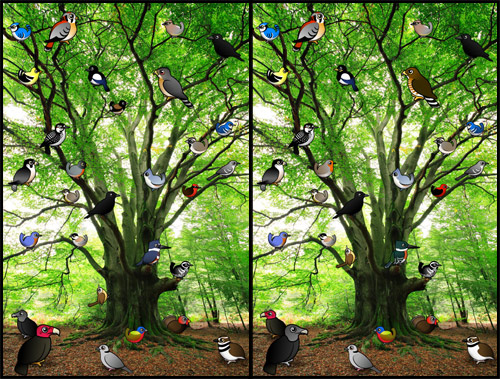Nature's Prism: Inside the Life of a Violet-green Swallow

The Violet-green Swallow (Tachycineta thalassina), with its iridescent plumage that shimmers in hues of green and violet under the sunlight, is a stunning sight for birdwatchers and nature lovers alike. This bird is not only admired for its stunning appearance but also for its remarkable traits and...
Warbler Week: The Stories Behind the Names

Several warblers are named for their beautiful plumage, like the Black-throated Blue Warbler, Golden-winged Warbler, and Chestnut-sided Warbler. But many warblers are named for other traits, including habitat types and physical locations, which may or may not be accurate. Others are named for the naturalists...
Oregon 2020 Bird Population Survey
The Blue-fronted Parrot: Nature's Skilled Mimic

When we think of parrots, one thing that often comes to mind is their incredible ability to mimic human speech. Among the avian masters of mimicry, the Blue-fronted Parrot, also known as the Blue-fronted Amazon, stands out with its vibrant personality, striking appearance, and, most notably, its remarkable vocal talents.



Comments
Leave a comment
Thank you!